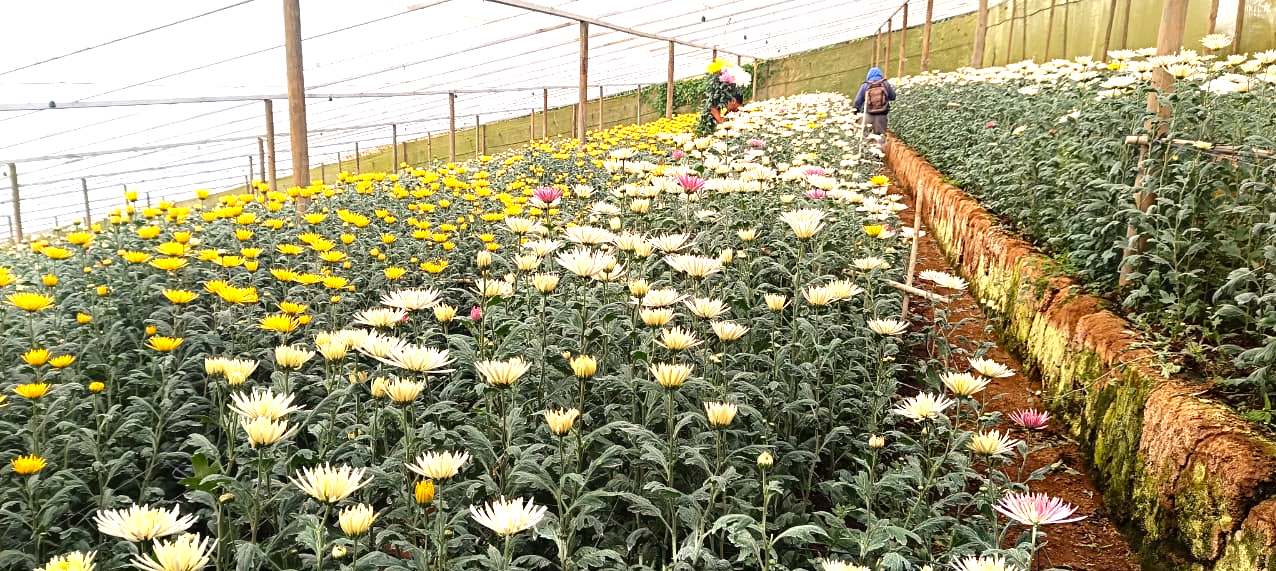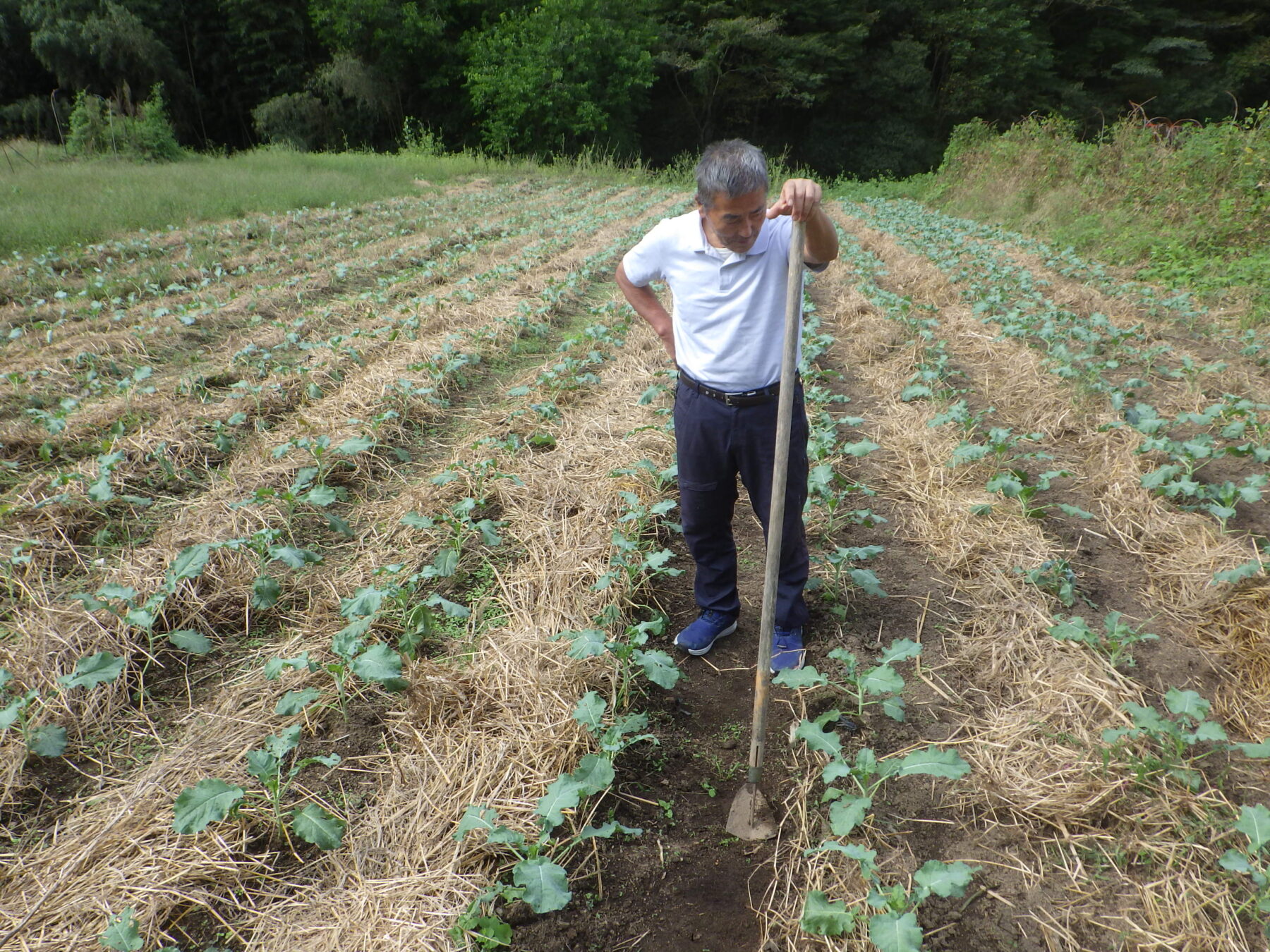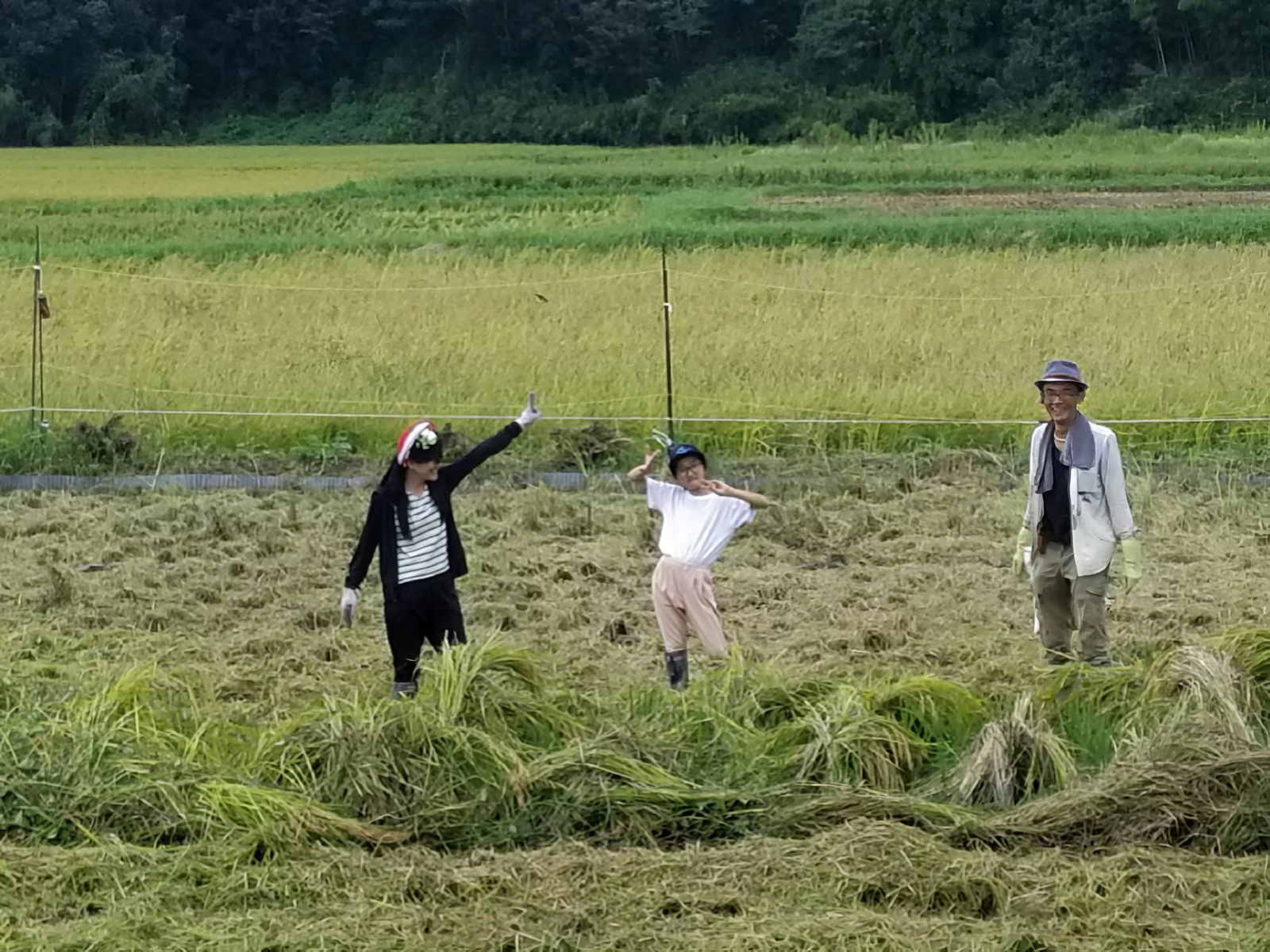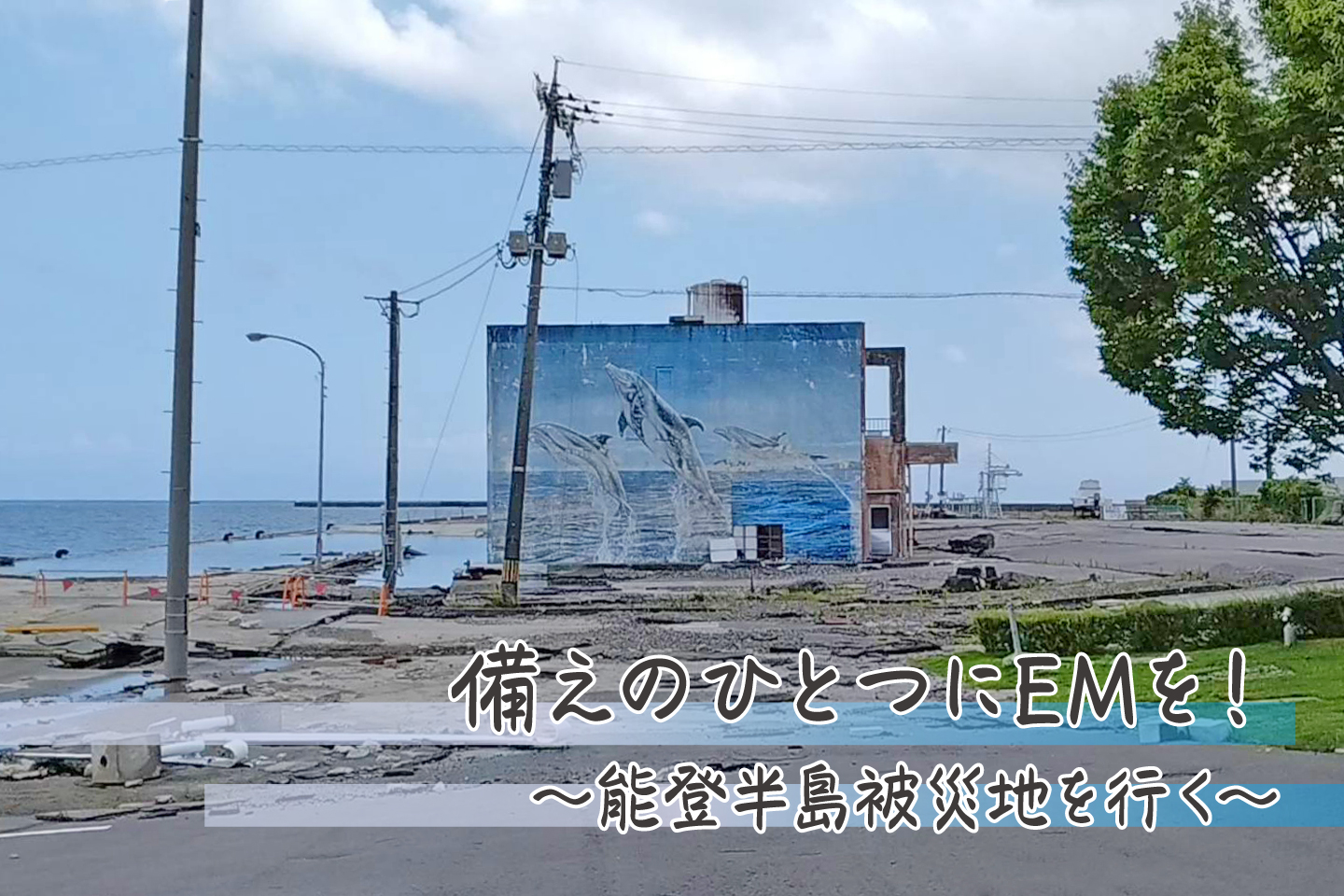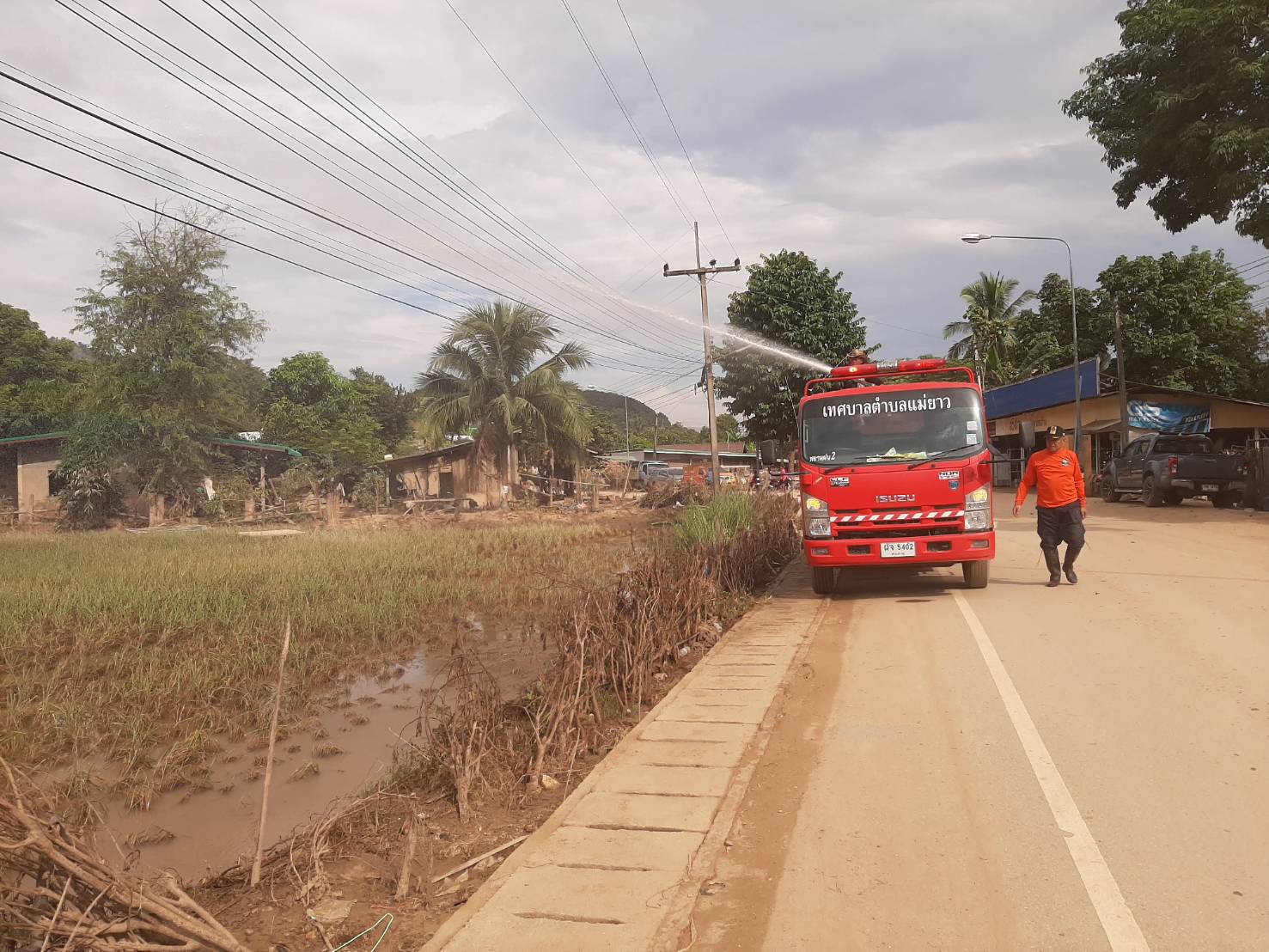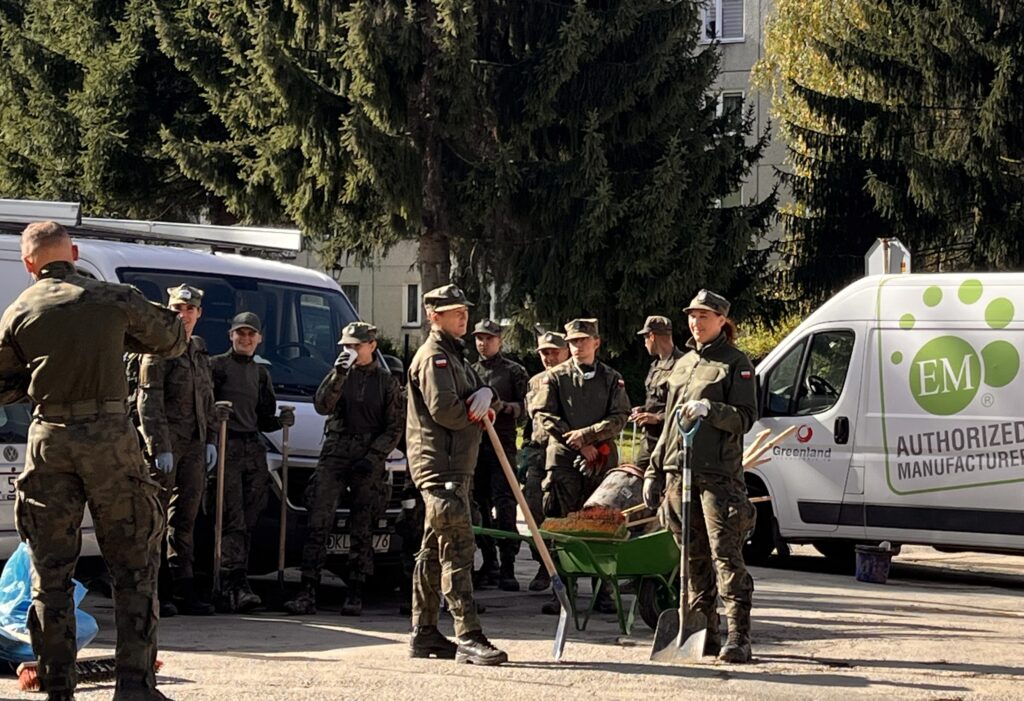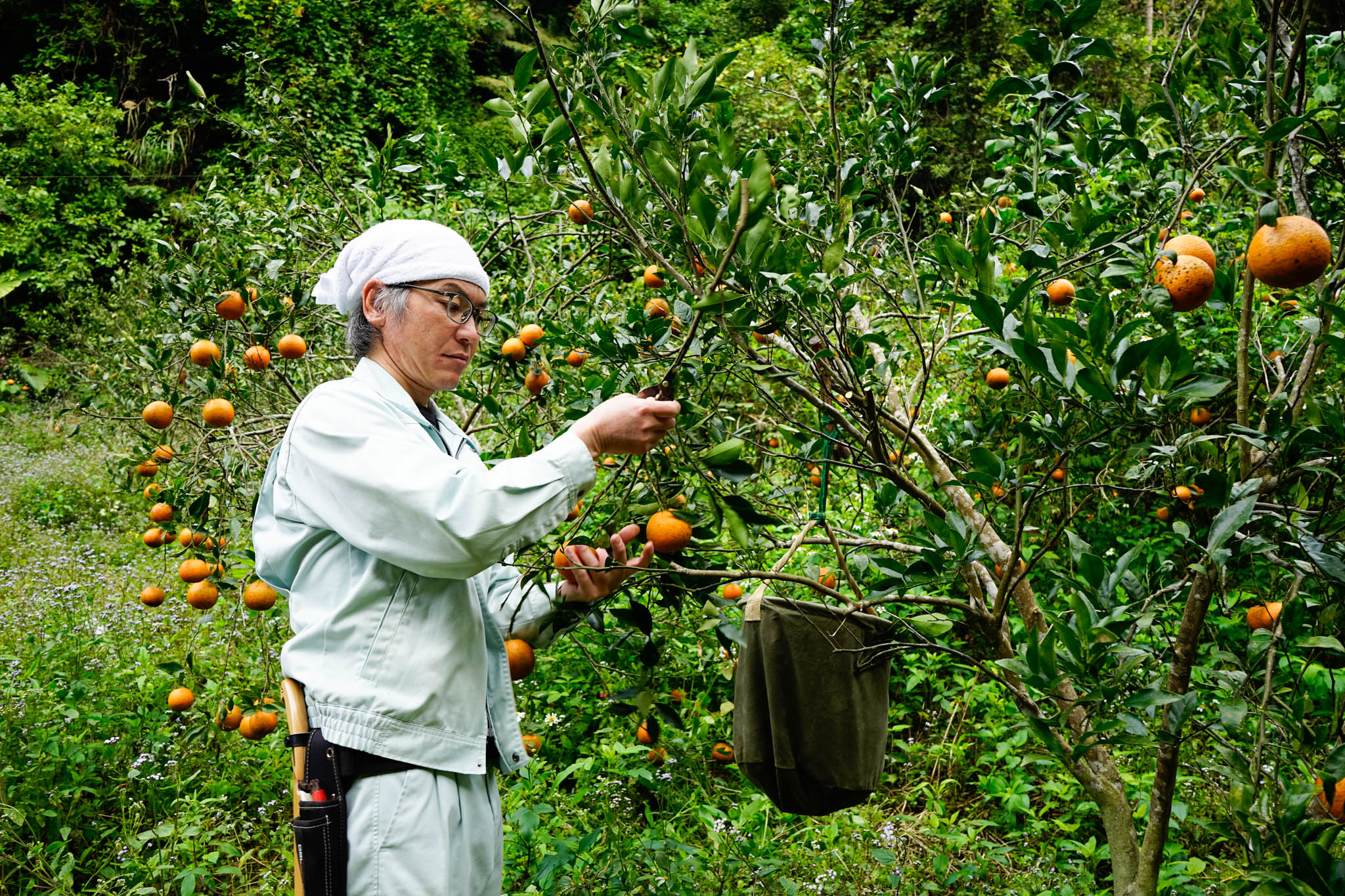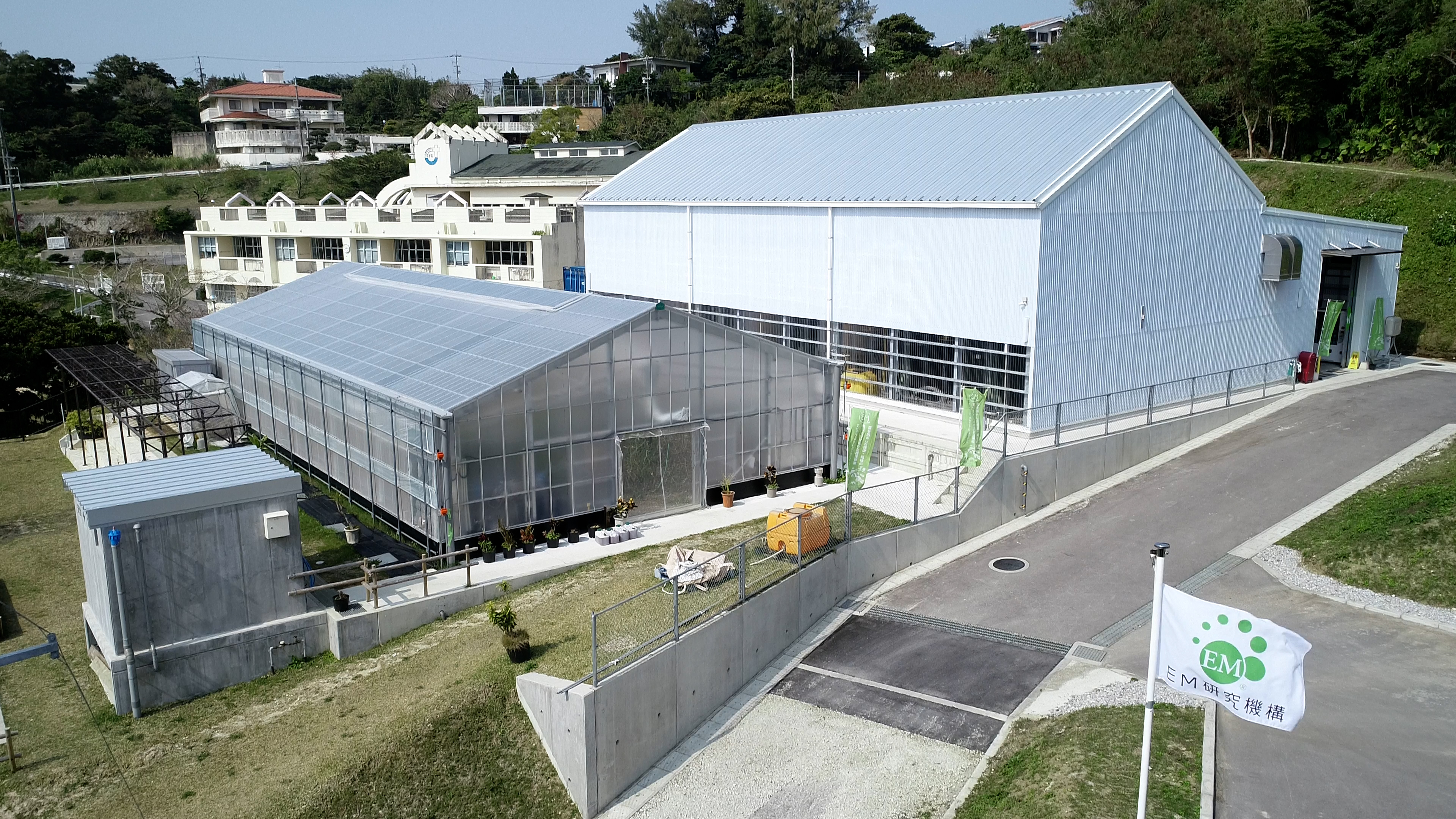Case Studies
Radioactive Contaminated Soil treated with EM
Japan
Three years have passed since the Fukushima Daiichi nuclear power plant accident. Even though the decontamination of farmland affected by the radiation leak was completed in a small part, it is significantly delayed due to the problem of setting a secure temporary storage for the contaminated soil. For this reason, we need a technology which can reduce radioactive materials without removing the topsoil to contribute to the recovery of agriculture fields in Fukushima.
Studies using the effective microorganism (EM) to countermeasure radioactive contamination had been implemented in the Republic of Belarus during the late 1990s by spraying Activated EM・1. Control the transfer of radioactive material to the crops had been reported and also radiation levels in the soil sprayed with EM had been reduced.
Studies using the effective microorganism (EM) to countermeasure radioactive contamination had been implemented in the Republic of Belarus during the late 1990s by spraying Activated EM・1. Control the transfer of radioactive material to the crops had been reported and also radiation levels in the soil sprayed with EM had been reduced.
Research on Radioactive Contamination Reduction Test in Farmlands

In order to verify the reduction of radioactive contamination applying EM Technology, we launched a pilot test in a blueberry farm of Iitate Town (approx. 20a) in Fukushima prefecture. The soil was sprayed regularly with Activated EM・1 and tested. The radioactive concentration of Cs (Cesium) in the soil immediately after the test started was of about 20,000 Bq/1kg of soil and decreased to about 5,000 Bq /kg in only two months, meaning a reduction of 75%. At the same time, soil from 15-30 cm depth (as stipulated by the Japanese government protocol) shown a radioactive concentration of Cs of about 250Bq/kg of soil. Surrounding fields also performed 75% reduction of Cs concentration during this study.
However, the reasons of why Cs concentration decreased comparing to the control group is still under investigation and the mechanisms need to be clarified.
Furthermore, EM farmlands where EM・1 and EM compost were applied for more than 15 years, the radioactive Cs concentration in soil (ref: orchard, field crops, paddy field) resulted as shown in the Figure 1. Since the radioactive Cs concentration seen in the Figure 1 is lower comparing to theoretical values, we assume that the activity of the effective microorganisms in the soil have an important impact on the reduction of radioactive Cs.
The application of EM and tests continued from spring to autumn 2012 in the experimental field of Iitate town, but radioactive Cs concentration remained at 5,000-8,000 Bq /kg. In 2013, the government of Iitate town started the decontamination project officially, so we suspended this study and test.
However, the reasons of why Cs concentration decreased comparing to the control group is still under investigation and the mechanisms need to be clarified.
Furthermore, EM farmlands where EM・1 and EM compost were applied for more than 15 years, the radioactive Cs concentration in soil (ref: orchard, field crops, paddy field) resulted as shown in the Figure 1. Since the radioactive Cs concentration seen in the Figure 1 is lower comparing to theoretical values, we assume that the activity of the effective microorganisms in the soil have an important impact on the reduction of radioactive Cs.
The application of EM and tests continued from spring to autumn 2012 in the experimental field of Iitate town, but radioactive Cs concentration remained at 5,000-8,000 Bq /kg. In 2013, the government of Iitate town started the decontamination project officially, so we suspended this study and test.
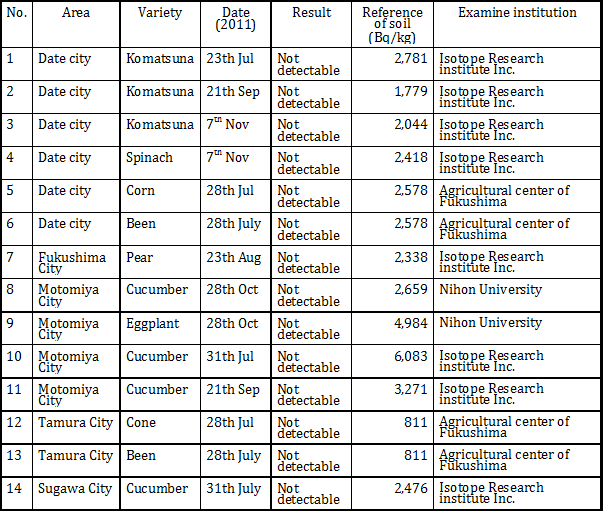
This figure displays the results on radioactive contamination control of agricultural products from EM farmers in Fukushima (from July to November 2011)
Control of Transfer of Radioactivity Material to Plants
In 2012 the Department of Agriculture, Forestry and Fisheries of Fukushima Prefecture launched a validation test with the collaboration of EM Orga Agri System (*1). The test compared the areas of compost, not treated area and treated area (potassium chloride) comparison test with the cultivation of Komatsuna (Chinese spinach).
At the beginning, the reason of the control of the transfer of Cs23 was explained as due to the amount of exchangeable potassium present in the soil. However, we think that the control of the Cs23 to the plants, would be not only the reason of the exchangeable potassium derived from the compost, but also the action of the microbes on reducing the transfer of Cs23. So we launched the test using contaminated planter (134Cs23+137C:12000Bq/kg) without compost and cultivated Komatsuna and see how the EM affects the crops and diminish the transfer of radioactivity Cs (Figure 2). The sector treated with Activated EM・1 diluted 1% in water, was watered timely. The radioactive Cs found in the spinach in the control planter was of 37.0 Bq/kg and 14.5Bq/kg in the EM treated planter, the control of the transfer of Cs was cleared. The comparative within the treated and non-treated planters were for the control 0.000313 and 0.00118 for the EM treated planter the control was reduced on 62% (Figure 3). In addition, the material used in the experiment shown that the EM potassium 0.1-0.2%.
At the beginning, the reason of the control of the transfer of Cs23 was explained as due to the amount of exchangeable potassium present in the soil. However, we think that the control of the Cs23 to the plants, would be not only the reason of the exchangeable potassium derived from the compost, but also the action of the microbes on reducing the transfer of Cs23. So we launched the test using contaminated planter (134Cs23+137C:12000Bq/kg) without compost and cultivated Komatsuna and see how the EM affects the crops and diminish the transfer of radioactivity Cs (Figure 2). The sector treated with Activated EM・1 diluted 1% in water, was watered timely. The radioactive Cs found in the spinach in the control planter was of 37.0 Bq/kg and 14.5Bq/kg in the EM treated planter, the control of the transfer of Cs was cleared. The comparative within the treated and non-treated planters were for the control 0.000313 and 0.00118 for the EM treated planter the control was reduced on 62% (Figure 3). In addition, the material used in the experiment shown that the EM potassium 0.1-0.2%.
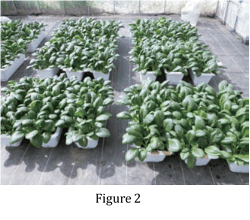

<Case Study> EM Orga Agri System Committee
EM Orga Agri System Committee is a group established from Fukushima’s experienced farmers who are dedicated to recycle and reuse the organic matter in their farming. With the introduction of the EM to promote the fermentation process of organic matter resulted in improvement of quality and increasing of yield. Recognizing the benefits of EM Technology, they organized and systematized the application of EM and registered as the branding “EM Orga Agri System”.
Therefore, the harvested products such as fruits and vegetables are released on the market as “EM Orga Agri System”. Distribution and compost supply are also included and managed by the members of the committee. Before the nuclear accident, these products have been famous especially around high class department store in the Tokyo metropolitan area. They also launched a pilot test to control the transfer of radioactive Cs to the fruits applying EM fermented fertilizer comparing to the potassium chloride fertilizer. The area treated with the EM fermented fertilizer shown 1/3 lower level of radioactive Cs than the potassium chloride fertilizer treated area.


(Updated in 2014)
